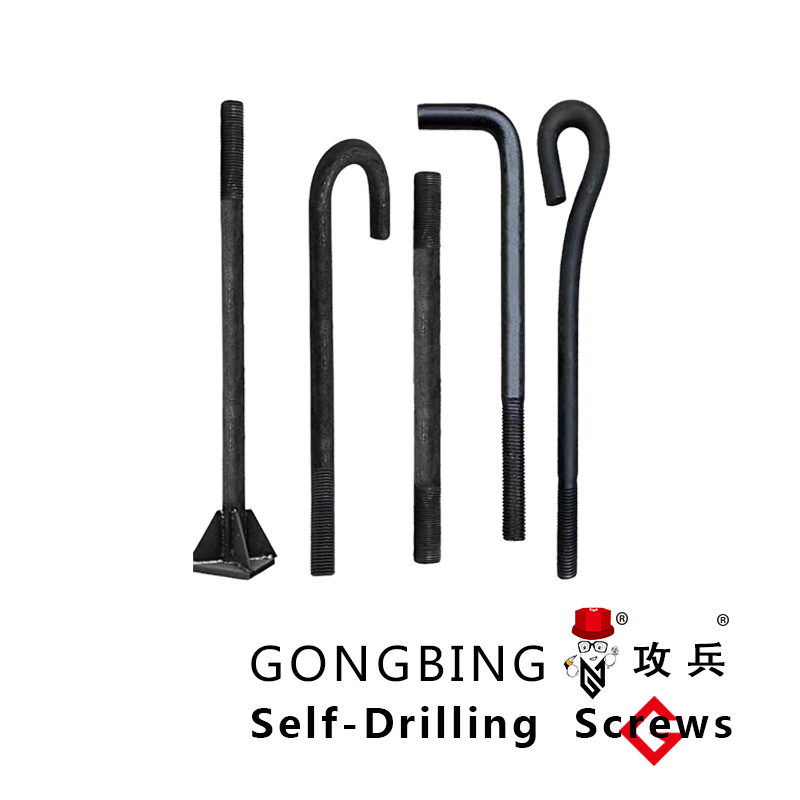steel cross bracing
The Importance of Steel Cross Bracing in Structural Engineering
Steel cross bracing is a vital component in the field of structural engineering, widely used to enhance the stability and strength of various structures. This engineering technique involves the use of steel rods, cables, or beams intersected in a cross pattern within a structure, typically between columns or walls. The primary function of cross bracing is to provide lateral support, thereby resisting the forces that can lead to deformation or failure, such as those caused by wind, earthquakes, or uneven loading.
One of the most significant benefits of steel cross bracing is its ability to absorb and dissipate energy during dynamic events. In regions prone to seismic activity, buildings equipped with cross bracing experience improved shock absorption. The design allows for the redistribution of forces that occur during an earthquake, reducing the likelihood of structural failure. By effectively stabilizing the building frame, cross bracing ensures occupant safety and property protection, making it an essential feature in modern earthquake-resistant designs.
Moreover, cross bracing contributes to the overall efficiency of a structure. By providing additional support, it allows for the use of lighter and more cost-effective materials in the building process without compromising structural integrity. This not only reduces construction costs but also minimizes the overall weight of the building, which can be particularly advantageous in high-rise constructions. The lightweight nature of steel also facilitates easier transportation and installation, making it a preferred choice among architects and engineers.
steel cross bracing

In addition to its structural benefits, steel cross bracing can also play a significant role in enhancing the aesthetic appeal of a building. Architects often incorporate cross-bracing elements into the design, making them a visible feature that contributes to the building’s visual identity. The industrial look of steel bracing can complement modern design principles, creating a striking contrast against glass and other building materials. As a result, structures with exposed cross bracing have become iconic in urban architecture, blending functionality with artistic expression.
However, the implementation of steel cross bracing is not without challenges. Designers must carefully consider factors such as the angle and spacing of bracing members to optimize performance while accounting for aesthetic considerations and construction constraints. Additionally, the connections between bracing elements and the structural frame must be robust, as these joints bear significant loads. Effective material selection and welding techniques are crucial to ensure long-term durability and resistance to environmental factors like corrosion.
Another important consideration is the maintenance of steel cross bracing systems. Over time, exposure to the elements can lead to rust and deterioration if not properly maintained. Regular inspections and protective coatings are essential to extend the lifespan of these components and ensure continued safety and performance.
In conclusion, steel cross bracing is an indispensable part of modern structural engineering, contributing to both the safety and efficiency of buildings. Its ability to enhance lateral stability, reduce material costs, and provide aesthetic value makes it a preferred solution in construction projects worldwide. As technology advances and new engineering challenges arise, the use of steel cross bracing will likely evolve, continuing to play a crucial role in the design and construction of resilient structures that meet the demands of an ever-changing environment. The importance of steel cross bracing will only grow, reinforcing the need for sustainable practices in the construction industry to ensure the safety and longevity of our built environments.
-
Weatherproof Plastic Expansion Anchors for OutdoorNewsJun.06,2025
-
Sustainability in the Supply Chain: Eco-Friendly TEK Screws ProductionNewsJun.06,2025
-
Load-Bearing Capacity of External Insulation FixingsNewsJun.06,2025
-
Double Head Bolts: Enhancing Efficiency in Industrial MachineryNewsJun.06,2025
-
Corrosion Resistance in Chipboard Screws: Coatings for Wholesale DurabilityNewsJun.06,2025
-
Butterfly Toggle Bolts : Enhancing Structural ResilienceNewsJun.06,2025
